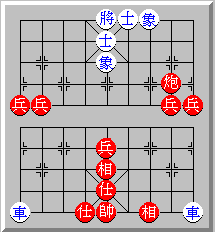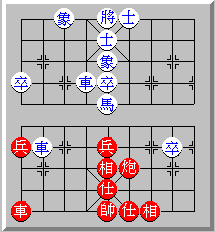
C2=1 r9=8
C1=9 r1=2
C9=2 r8=9
C2=8 r2=1
C8=1 ...

C2=1 r9=8
C1=9 r1=2
C9=2 r8=9
C2=8 r2=1
C8=1 ...

C4+1 r2+2
C4+3 r4+3
C4-5 r2-5
C4+2 r4+2
C4+3 ....

C4+1 r2-3
C2-1 r4-4
C4+2 r4+2
C2+2 r4+2
C2+3 r2+3
C4-4 r4-4
C2-3 r2-3
C4+4 r4+4
C2+3 ....
Explanation: